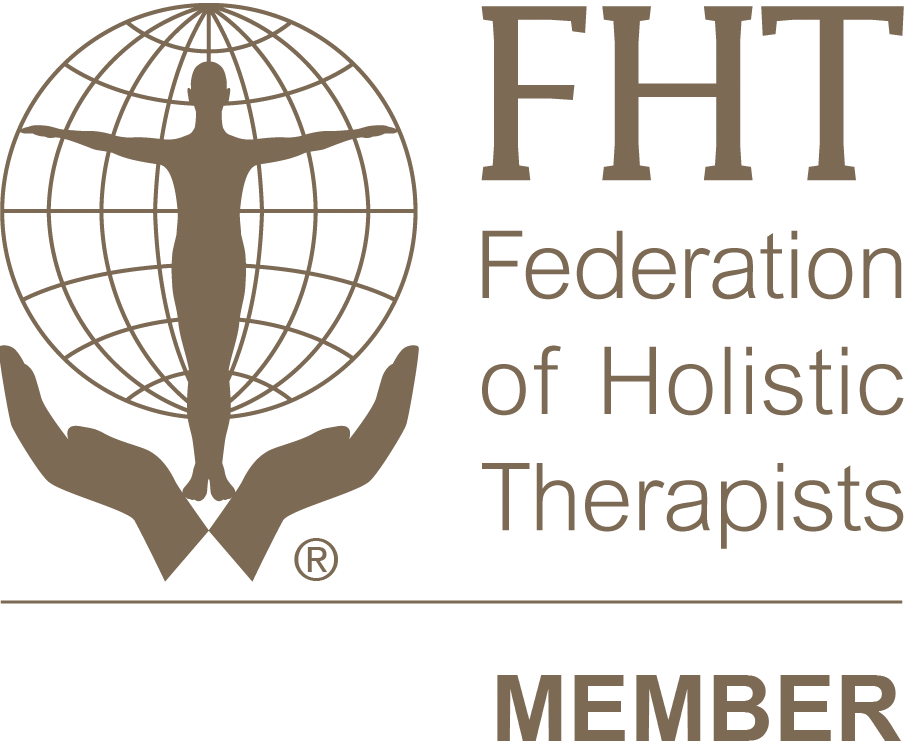Learn Yoga Anatomy Based on Dissection
The most in-depth yoga anatomy course you will ever need to understand the interconnected nature of the human form thoroughly. Anatomy expert Julian Baker gives you this unique opportunity to look inside real bodies and deeply understand human anatomy.
Course Language: English | Course Manual: English
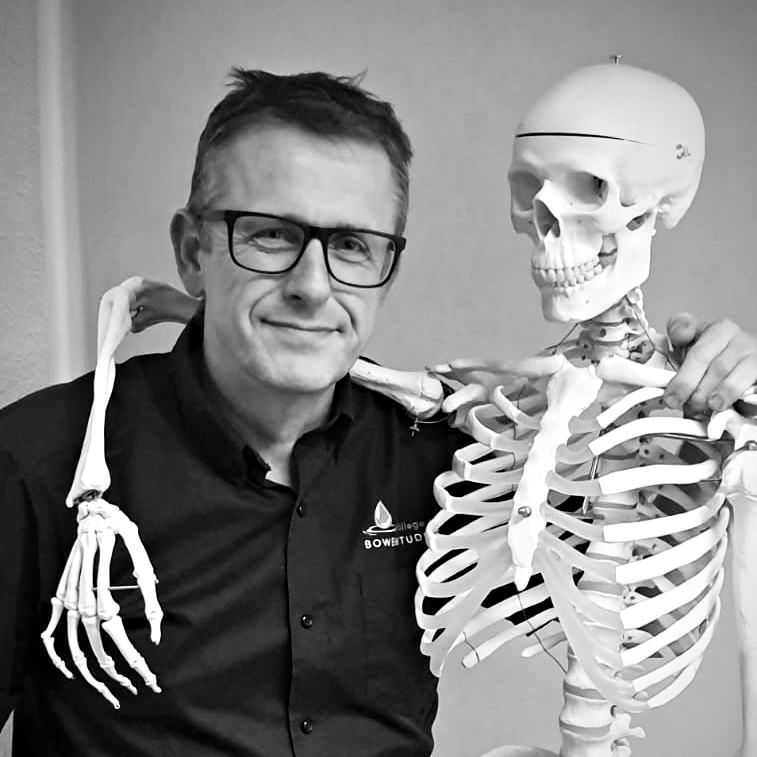
Why Arhanta?
Our online course gives you some unique benefits
Learn from authentic Indian yoga teachers with a heritage of 5 generations
Two reputed yoga ashrams in India &The Netherlands
Providing internationally accredited yoga certifications since 2009
Here’s what people are saying about the course

Fiona
The Netherlands
Julian is so clear with his explanations, his knowledge and expertise are fantastic. I have learned so much, which has changed how I teach my students. If you want to learn about yoga anatomy this is a great course.
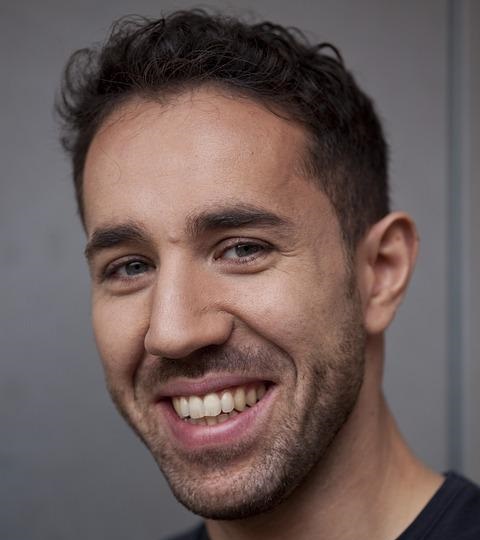
Keith
France
Julian’s knowledge of the human form is endless. He presents his classes with passion and enthusiasm that is infectious. I want to say this is a wonderful way to look at the body to help our clients move without pain. It teaches you to look at your clients movements and the whole body differently.
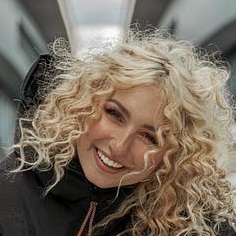
Anne
Germany
Julian Baker is such an amazing teacher of anatomy and the fascial components and it’s a delight to watch him in action. These presentations have changed my entire concept of what I’m doing in a yoga class. He infuses vast amounts of information with an effervescent presentation style, making the time pass quickly and the info implant into my memory at a higher retention rate.
Yoga Anatomy Certification
learn Specialized Yoga anatomy
Go beyond illustrations and learn in-depth yoga anatomy based on human dissections
Study on Your Own Schedule
100% online course. Follow the course on your own pace
Post Course Support
We offer continuing advice and support after completing your course
25- hour Dissection Based Yoga Anatomy Course
What is this course?
This yoga anatomy certification course is created and taught by international anatomy expert Julian Baker. In this unique course, Julian explains anatomy & physiology with the help of dissection videos and imagery. Specially designed for yoga teachers, this 25-hour online course covers in-depth details of anatomy and physiology relevant to yoga practice and teaching.
What is unique about this course?
Anatomy is the study of the body's structures, mainly the names of the individual parts. Even though this subject is hundreds of years old and was designed for medical students, today it has become essential for anyone working with physical movement or therapy, including yoga teachers.
Its downfall is that it concentrates on parts of the body and rarely brings these parts together to consider how they relate. As a result we often find a gap in understanding the impact of how anatomical structures are joined, practically and functionally. While we all know instinctively that the body is a joined-up structure, a clear model is lacking. In this course we bypass that limitation and learn how the body parts connect and affect movement.
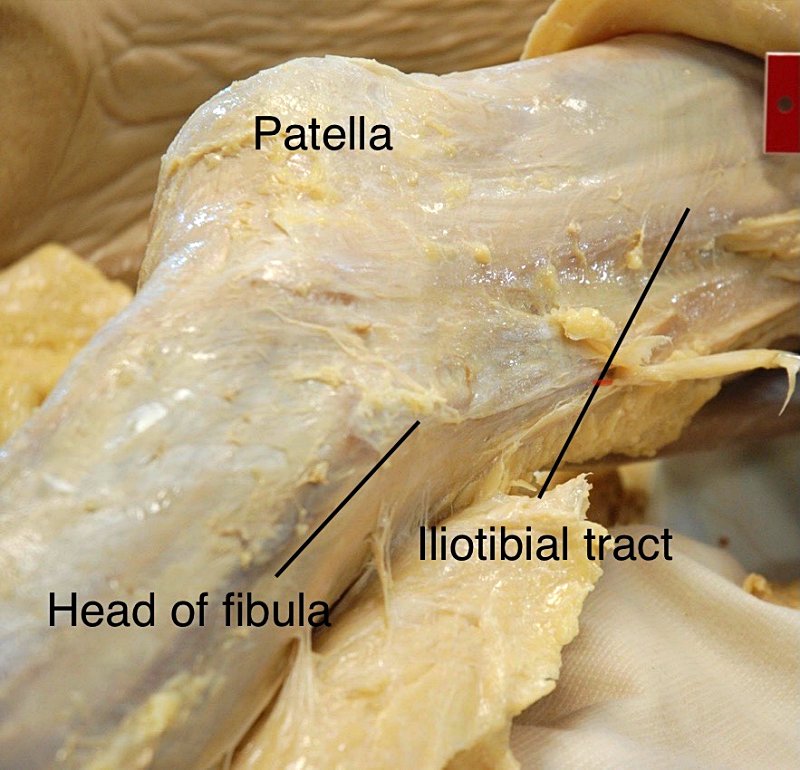
In addition, studying anatomy alone will often exclude an understanding of some of the vital physiology on how the body experiences movement, pain, touch and other sensations and how information is interpreted in the various systems of the body. In this remarkable training, you will see how tissues hang together in the body, how they blend into each other and how much of what we understand can be extended and adapted to our yoga practice.
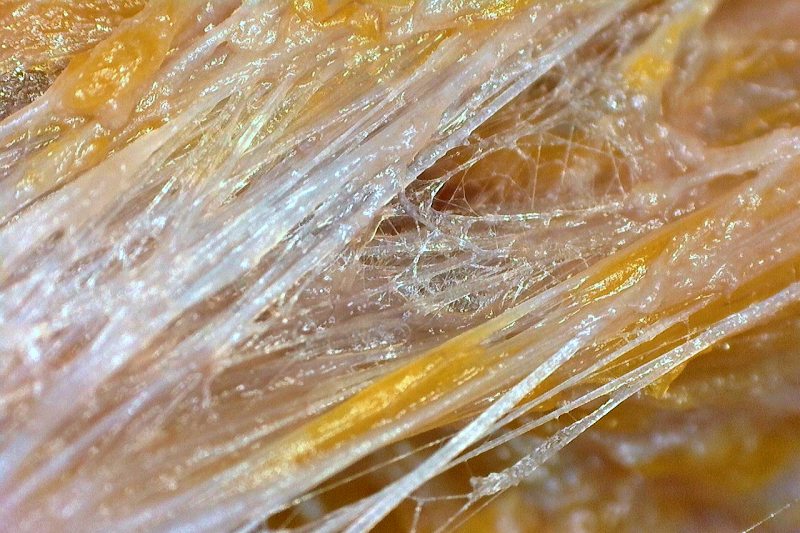
Is This Course For You?
If any of the above questions resonate with you, keep on reading!
In this remarkable course, Julian introduces the process of human dissection and builds an incredible visual journey into every aspect of human anatomy and movement. Along the way, he brings in the science behind the things we experience daily and eliminates the myths that have sprung up around many subjects over the years.
Julian Baker is a manual therapist with over 30 years of experience teaching bodywork and has been running dissection classes for manual and movement therapists since 2007. He found that the actual anatomy he saw in the dissection room was entirely unlike the trimmed model in anatomy books.
This yoga anatomy training for teachers is presented from the perspective of a highly experienced manual and movement therapist. Julian clearly explains how and what we see in the dissection sessions. He goes deep into understanding movement and touch with relevance to yoga and breathing practices.
All the sessions will use human dissection to illustrate and show the nature of the tissue we discuss. While dissection videos and pictures are easy to come by, the dissections performed by Julian Baker are incredibly unique.
Bringing together his skill as an assessor of human movement, gathered from three decades of teaching and practice with his intricate anatomical dissecting approach, he explains everything from the principles of therapeutic practice while still rooted in science and evidence-based anatomy.
What you will learn
Here's an overview of what you are going to learn. In this online yoga anatomy training course you will learn and understand
Arhanta online trainings
In 2017 we decided to provide online versions of our yoga teacher training as we were getting requests from people who could not travel to our ashrams.
I was intrigued by the outcome, so we created this online version to see where the virtual journey would take us. When we announced it on social media, we were bombarded with negative comments; some believed it was impossible to learn yoga online.
The outcome surprised us all. Within the first six months, more than a thousand students had already enrolled in our online training program.
Hundreds of five-star reviews gave us confidence, and regular feedback helped us refine the online course to make it entirely user-friendly, with added value for our students.
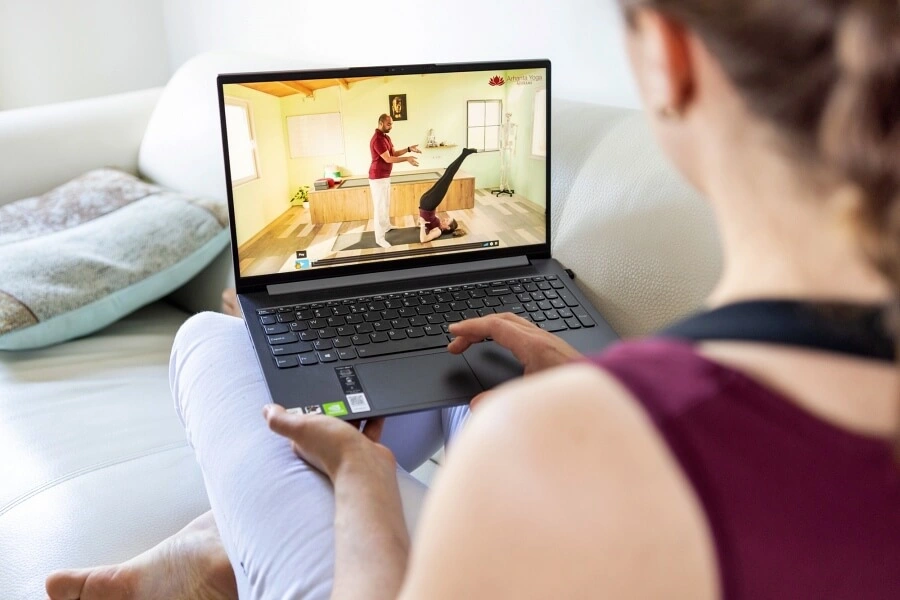
Benefits of Our Online Training
1.
Added Flexibility and Self-Paced Learning
Our online course allows you to study at your own leisure and schedule your study time to suit your personal routine. Another benefit is that there are no deadlines for completing the course.
2.
Unlimited Access to Online Videos
This is a unique benefit of online learning. You can re-watch the videos at any speed. Allowing you to grasp concepts you could have missed in a class environment.
3.
Unlimited Personal Support
Our online yoga teacher training comes with unlimited teacher support. This means you can contact the teacher for support as often as you need, even after completing the course.
4.
Lifelong Access
Over time we tend to forget details. Our online course gives you lifelong access to log in and review the concepts anytime. All material is yours to keep forever.
5.
More Affordable
Our Online course costs less than half of the onsite course. You also save on travel, lodging, and commuting expenses.
Our Core Values
Our Philosophy - Authenticity
At Arhanta, we bring you authentic knowledge from a rich heritage of five generations. You will learn from a teacher who has studied yoga since childhood at traditional Indian Vedic schools. We believe that real yoga is practiced 20% on the mat and 80% in your daily life.
Our Knowledge - Excellence
We keep our yoga practice traditional, but we do not allow tradition to restrict us. We are constantly learning modern science-based anatomy, physiology and new advances in the fitness and exercise field. So you are guaranteed, proven, and accurate knowledge of the highest standard.
Our Approach - Empowering
In reality, the concept of “one alignment for all” can turn up empty results. We believe everyone is unique in their body, mind, and capabilities. Therefore, we teach you how to understand your students individually and provide personalized alignments and adjustments.
Our Commitment - Integrity
We are committed to the success of our students & community. We provide lifelong support, not only during the course but also after you have completed the course. Your success is our triumph.
Our Professionalism - Standards
At Arhanta, you can be assured of the highest professional standard in training, communication & support. We believe in win-win, so all our courses come with a rock-solid 30-day money-back guarantee.
What you will get?
You will access exclusive course material developed through 30 years of teaching experience. Our online Dissection-Based Anatomy for Yoga Teachers Course gives you unlimited access to:
On-Demand Videos
Printable Notes
Discussion Group
Quizzes
Lifetime Access
Unlimited Support
Yoga Anatomy Training Overview
MODULE 1
In this module, we will look at how not one thing can be labeled as fascia and examine the areas where different fibrous accumulations become varied types of fascia and other connective tissue.
The science of the extracellular matrix, the human form's fluid components, and the relationships of this deep fascial and other tissues are explained.
We will look at the endocrine system and how signals are transmitted around the body and consider the importance of discriminating between cause and association. We consider what a stretch is and the impact that it really has on the body and whether we can cause the fascia to be changed or released.
In this module, we tour the viscera and the different structures and examine how they are held in a physical space, influenced dramatically by movement.
We will also understand the pain responses and the mechanisms of how sensory information gets translated, interpreted and returned to the body.
Introduction | Endocrine System |
What and Where is Fascia | Inflammation |
Types of Connective Tissue | Pain |
Skin | Stretch, Stiffness, Stability, Mobility |
Superficial Fascia | Touch and Fascial Release |
Cause and Association | Viscera Part One |
Extra Cellular Matrix | Viscera Part Two Omentum |
Deep Fascia | Viscera Part Three |
Fascia in movement | Cell |
MODULE 2
In module two, we consider the technical aspects of how information travels seamlessly through the body and the role of action potentials in more detail. Understanding the mechanoreceptors and motor units and the type of sensation we are experiencing is vital in ensuring we respond appropriately to input. We will examine the various receptors that adapt to allow sensations to change moment by moment.
Module two teaches the essential structures such as the psoas, pelvis, the erector spinae muscles, hips and so forth, but looks at them in a way that creates continuity and a cohesive view of the tissues involved. We look at some of the smaller and more intricate tissues in the spine and around the body that rarely get seen or talked about and consider the functional relationships of what we are looking at.
Emotions are a powerful driver of physical movement and expression. We will understand how movement can be significant in emotional repair and expression.
Muscles need power to move them and module two addresses the fascinating aspect of the fuse boxes of the muscles that enable the translation of information into energy and movement.
Introduction | The Psoas |
Action Potentials | The Pelvis and Pelvic Floor |
Mechanoreceptors | The Hips (including obturator internus) |
Motor Units | Temporomandibular Joint - TMJ |
Erector Spinae Muscles | Sternocleido mastoid - SCM |
Ankles and Feet | The Neck, Face and Head |
The Diaphragm | The Emotional Human |
MODULE 3
Lymph plays a vital role in health maintenance and in this section, we will examine the deeper tissues involved in the movement and cleansing of lymph.
Aging cells and neurons can break down and the subject of neuro-degeneration is raised, with an understanding of how conditions such as Parkinson's and Alzheimer’s come to pass.
We will understand the role of the diaphragm in visceral movement and look at the structures that assist it in carrying out its vital role. This module dives deep into core stability and muscle tissue to understand its makeup, function and limitations.
We will study the sacrum & SI joint. We will learn the anatomy and physiology of the lungs in great detail.
Cells and Cell Signalling | Glutes and Hamstrings |
Neurons and Glia | Core Stability |
Neurodegeneration | Sacrum & SI Joint |
Lymphatics | Thoracolumbar Fascia |
Lipid and Lymph Transport | The Thorax |
Joined Up Muscle | The Heart |
Muscles | The Lungs |
Trigger Points and Muscle Knots | Accessory Muscles of Respiration |

Meet Your Instructor,
Julian Baker
(Manual therapist with over 30 years of experience)
Julian has taught manual therapy for over 30 years and brought the Bowen Technique, a soft tissue remedial therapy, to the UK. The author of two best-selling books and countless articles, he has taught thousands of students worldwide. Since 2007, he has brought manual and movement therapists into dissection rooms, where he guides them through understanding the reality and conjoined nature of the human form.
He teaches with a passion for his subject and a love for bringing this to the world. His teaching style is gentle and humorous and he is renowned for ensuring he doesn’t take himself too seriously.
He has taught his unique brand of dissection at top universities worldwide, including the University of Oxford and St. Andrews School of Medicine. A founding board member of the British Fascia Symposium, he is also a member of the Institute of Anatomical Sciences and the Anatomical Society and an expert member of the Federation of Holistic Therapists.
Your Course Certificate
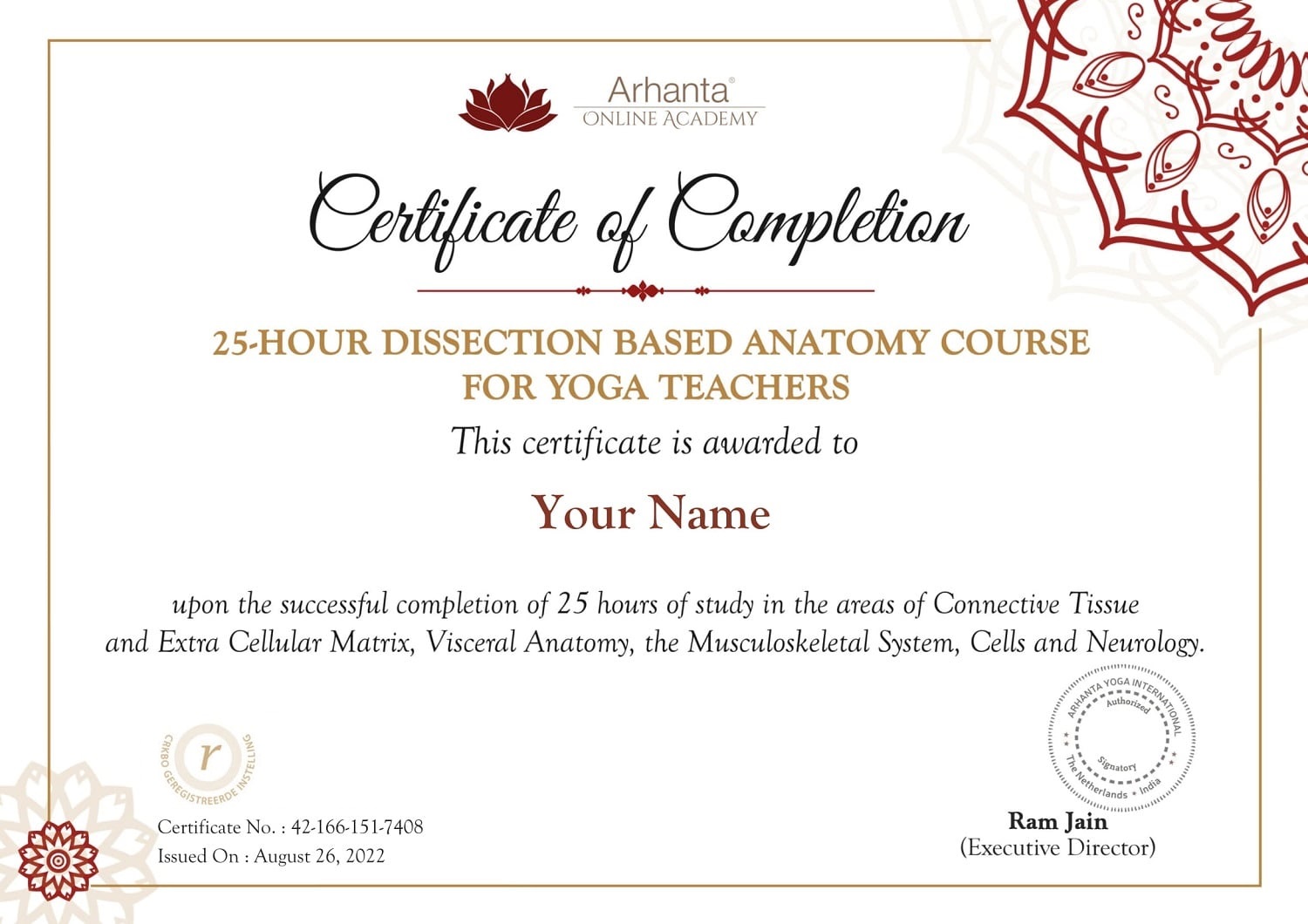
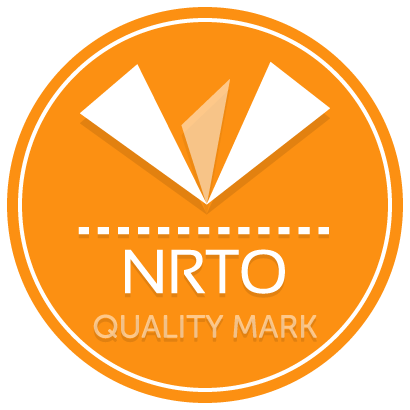
Your Investment
You will learn what Julian has extracted for yoga teachers and yoga practitioners after over 30 years of manual therapy and teaching experience
1 MONTH ACCESS & SUPPORT
Pay less, complete the course in 1 month
LIFETIME ACCESS & SUPPORT
Complete the course anytime
100%
30 Days
Money Back Guarantee
Great Experience or Your Money Back!
Our commitment to you is our zero-risk assurance. Your satisfaction is important to us, so if for any reason you are not pleased with our online course, you can request a full refund within 30 days of purchase. This means that you can explore up to 25% of the course within the first 30 days and if you find it is not the right fit for you, send us an email before the end of the 30th day and receive a prompt and guaranteed full refund.
what past students have to say

Yoga Teacher
"This is the best training I did this year. Excellent anatomy, course. It is worth every cent I paid."

Yoga Instructor
"When buying, I found the price a bit higher than other anatomy courses, but now after completing the course, I think it is really a bargain!"

Yoga Teacher
"I took a leap of faith & bought this yoga anatomy training. I'm so glad I did. My confidence as a yoga teacher has risen to a new level."
Frequently asked questions
Yoga involves working with our physical bodies. Understanding our musculoskeletal system will help you know how to avoid injury in your students and how to support them with their physical limitations best. You will give much better assistance and personal advice.
This yoga anatomy certification course for yoga teachers has been designed to build upon step-by-step explanations of our bodies. It is suggested to follow the structure as presented.
This course focuses explicitly only on in-depth knowledge of anatomy and physiology relevant to yoga. For this reason, it is more useful if you have some background knowledge of yoga.
It is unnecessary to have previous anatomy knowledge to do and enjoy this course.
This yoga anatomy course is self-contained, accessible, presented in clear stages and easy to understand and take part in. Julian will explain everything in his classes and no book is required.
There are simple quizzes throughout the course. The quizzes can be taken as many times as you choose.
The certificate will automatically become available for download once you finish the last chapter and the exam. There is no extra charge for it.
You will have lifetime access to the online Dissection Based Yoga Anatomy course materials and all future updates.
After you press "Get Access," you will be redirected to the payment page. You will be asked to make an account with your email ID and name there. Once you have paid, you will get the login in your email within five minutes to access the course.

